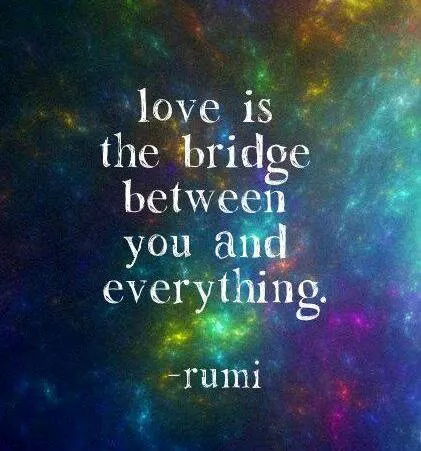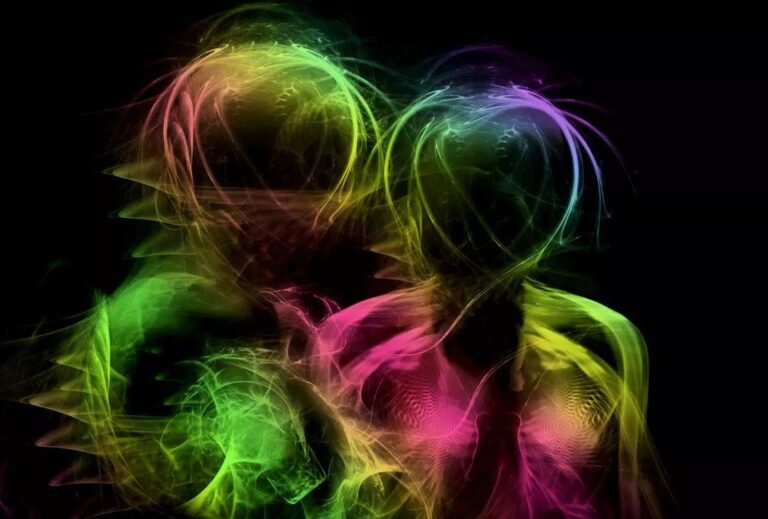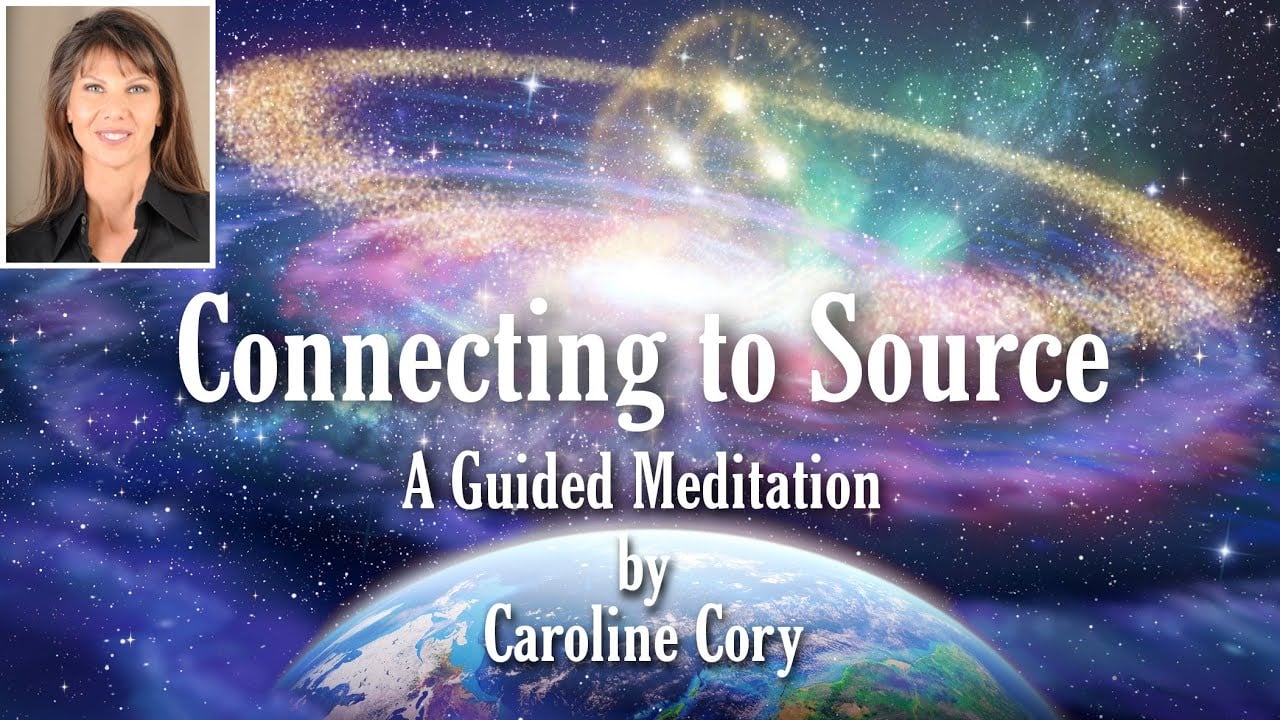“True love is the complete victory of the particular over the general, and the unconditional over the conditional.” ~ Naseem Nicholas Taleb
We are all scientists, trying to make sense of the love inside us. Most things exist along a rollercoaster ride of degrees. So it is also with love. Our definitions of love are not as black and white as we’d like them to be, they’re ambiguously gray and often imprecise.
 The border around our idea of love is mostly an illusion, permeable and ever-changing; more like a horizon than a boundary. There are, after all, over seven billion of us on this planet, and we each have our own unique psycho-physiological perception of what love means.
The border around our idea of love is mostly an illusion, permeable and ever-changing; more like a horizon than a boundary. There are, after all, over seven billion of us on this planet, and we each have our own unique psycho-physiological perception of what love means.
Demanding that the universe adhere to our definition of love is one of our greatest human fallacies. It’s as if we’re asking the universe to stand still so that we can be certain about our love in order to justify our definition of it. But the universe is not designed to match our expectations. Neither should it be pigeonholed into our finite definitions.
Like David Deutsch said: “If you reject the infinite, you are stuck with the finite, and the finite is parochial. The best explanation of anything eventually involves universality, and therefore infinity. The reach of explanations cannot be limited by fiat.” And so our explanations of love should not be limited by fiat, lest it be ruled by the misconception and expectation of others.
This article will introduce a new way of seeing the game of love through the – sometimes contrasting and sometimes overlapping – perception of finite and infinite conceptualization. In the game of love, as within the game of life, we sometimes perceive with big mind (big-picture thinking), and we sometimes perceive with small mind (small-picture thinking).
When we confront love using the former disposition, we are assuming the role of the infinite lover archetype. When we confront love using the latter disposition, we are assuming the role of the finite lover archetype. We all move, through varying degrees, between both extremes. And that’s okay.
There will always be room for improvement and there will always be lessons to glean from them both. Like Shakespeare said, “The course of true love never did run smooth.”
Finite and Infinite Lovers
“Deep inside us there is a self-loathing that prevents us from living wholly in the moment, from living life to the full. We cannot truly love or be loved until the insect-like carapace is cut open by the agonizing process of initiation. Until we reach this point we don’t know what life is meant to be like.” ~ Mark Booth
 Gertrude Stein defined love as “the skillful audacity required to share an inner life.” Indeed, love is both real and faux-ami. Its mysterious hypocrisy and exhilarating bouleversements are a part of its underlying essence, and it’s just not love if it doesn’t act itself out as such.
Gertrude Stein defined love as “the skillful audacity required to share an inner life.” Indeed, love is both real and faux-ami. Its mysterious hypocrisy and exhilarating bouleversements are a part of its underlying essence, and it’s just not love if it doesn’t act itself out as such.
Like Victor Hugo said, “love is never stronger than when it is completely unreasonable.” Infinite jest aside, in order to be able to share this “inner life” with others one must first come to terms with it for themselves.
One must first discover some reason (some meaning within the meaninglessness) for their unreasonable love.
Solving the dependency paradigm is one way to go about doing this, but another way is to use the power of archetypes, like the way James P. Carse did with his concept of Finite and Infinite Players.
The finite & infinite lover concept works within the same paradigm as the finite and infinite player concept: the infinite game of life. Where a finite lover loves conditionally, an Infinite lover loves unconditionally.
Where a finite lover loves in order to keep their comfort zone intact, an infinite lover loves in order to stretch their comfort zone. A finite lover is possessive, obsessive, needy, pleasure-seeking, restricted, and dependent (or codependent). An infinite lover is non-possessive, admiring, not needing, pleasure-giving, free, and independent (or interdependent).
A finite lover succumbs to the preexisting cultural dictates of love, whereas a finite lover liberates themselves from such dictates in order for love to evolve. Where a finite lover is jealous, an infinite lover practices compersion.
For a finite lover love is profane. For an infinite lover love is sacred. Finite love is about possession. Infinite love is about appreciation. Finite love gives into the illusion of satiation, and always requires gratification, which generates anxiety and hostility.
Infinite love is never sated, but doesn’t require gratification, and generates little anxiety or hostility. Infinite lovers are in love with love itself. Finite lovers are in love with the expectation of what love can bring them.
 Self-pity is poison for an infinite lover, while it seems to be the lifeblood of a finite lover. For the infinite lover, love is sacred when it is unconditional; it is profane when it is conditional.
Self-pity is poison for an infinite lover, while it seems to be the lifeblood of a finite lover. For the infinite lover, love is sacred when it is unconditional; it is profane when it is conditional.
Where a finite lover seeks power and control over love, an infinite lover releases control and seeks the power within love.
Where a finite lover seeks invulnerability through love, an infinite lover seeks vulnerability within love. Where a finite lover loves with ego and expectation, an infinite lover loves with neither ego nor expectation for anything in return.
A finite lover looks for themselves within the love of another, where an infinite lover finds themselves in order to love another. A finite lover seeks to twist love to fit an agenda. An infinite lover twists the love within themselves in order to escape all agendas. Like Thomas Merton said, “The beginning of love is to let those we love be perfectly themselves, and not to twist them to fit our own image. Otherwise we love only the reflection of ourselves we find in them.”
Letting love go
 “Drop the idea that attachment and love is one thing. They are enemies. It is attachment that destroys all love. If you feed, if you nourish attachment, love will be destroyed; if you feed and nourish love, attachment will fall away by itself. They are not one; they are two separate entities, and antagonistic to each other.” ~ Osho
“Drop the idea that attachment and love is one thing. They are enemies. It is attachment that destroys all love. If you feed, if you nourish attachment, love will be destroyed; if you feed and nourish love, attachment will fall away by itself. They are not one; they are two separate entities, and antagonistic to each other.” ~ Osho
I’ve often said that the key to happiness in this life is the ability to love, the ability to let love, and the ability to let love go. Healthy detachment is similar to letting love go.
It doesn’t mean we let go of Love itself (just like detachment doesn’t mean we abandon attachment itself) – not at all. It means we are letting go of the ego aspect of love (or the ego aspect of attachment).
We are letting go of the codependence, and the need to cling to an agenda. It’s not like we let go of love and then forget about it. Not at all, it’s more like we are saying goodbye to permanence and embracing impermanence.
Like proud parents who are sad that their child has left home, but who are open to the possibility of their return and embrace the inevitability that they will change.
In practicing detachment, love itself is never abandoned, nor is it forgotten. It is, in all ways appreciated and treasured for the learning experience that it provided. Only the needy, codependent, ego side of love – that’s filled with unhealthy expectations and cultural predispositions about the way love should be – is abandoned; so that we can be truly present to the “continual flux” of our emotional states in relation with the similarly changing emotional states of others. Like David McRaney said, “You can’t improve the things you love if you never allow them to be imperfect.”
Finite lovers love with hope. Infinite lovers love despite hope. Finite lovers are hopeful (and sometimes even hopefool) romantics, and thus always displeased. Infinite lovers are hopeless romantics, and thus always enchanted.
Like Walter Benjamin said, “The only way of loving a person is to love them without hope.” Try not to confuse attachment with love like finite lovers do. Attachment is about fear and dependency. Love is about courage and vulnerability. Attachment is about codependence and ego-verification.
Love is about interdependence and soul-authentication. The secret of love is vulnerability, and the secret of vulnerability is courage. Love is not supposed to be something owned and clung to, or even hoped for, but something lived through and then let go of.
An infinite lover makes the art of letting go a daily discipline. Like Siddhārtha Gautama said, “In the end these things matter most: How well did you love? How fully did you live? How deeply did you let go?”
Sacred (agape) love
 “The capacity to be alone is the capacity to love. It may look paradoxical to you, but it’s not. It is an existential truth: only those people who are capable of being alone are capable of love, of sharing, of going into the deepest core of another person–without possessing the other, without becoming dependent on the other, without reducing the other to a thing, and without becoming addicted to the other.
“The capacity to be alone is the capacity to love. It may look paradoxical to you, but it’s not. It is an existential truth: only those people who are capable of being alone are capable of love, of sharing, of going into the deepest core of another person–without possessing the other, without becoming dependent on the other, without reducing the other to a thing, and without becoming addicted to the other.
They allow the other absolute freedom, because they know that if the other leaves, they will be as happy as they are now. Their happiness cannot be taken by the other, because it is not given by the other.” ~ Osho
Love shrinks or expands in proportion to one’s ability to let it be free. Free love is agape love. Agape love is the ability to love unconditionally, treating all things, including relationships, in a sacred way. It’s both a tending to, as well as a letting go of, love itself. Tending to love and leaving love alone are not contradictory strategies.
They both work fine, and they blend well. In any relationship, indeed in life itself, it’s a good idea to try some of both, in different areas, so that each is a control for the other. Love must not obsessively attach and it must not obsessively detach, but it must do both if it would live forever.
For infinite lovers it is not enough to just be (finite love), they must will themselves into a disclosure of being (infinite love). From this existential unveiling unfolds the transition from just being (and thinking you deserve love) to truly living (and learning to be Love).
In the bigger picture, war is two “rights” obliterating their rights; Love is two “wrongs” obliging their wrongs. A finite lover is stuck in a paradigm of “what love should be” to the extent that they cannot oblige the “wrongs” of others, which leads inevitably to an obliteration of equal rights.
An infinite lover, on the other hand, always practices the counterintuitive ability of obliging the “wrongs” of others through compassion and understanding so as to maintain equal rights. If love is a battlefield, then the infinite lover is the one telling everyone to put their guns down.

Finite lovers cannot put their guns down because they are wrapped up in their love to such an extent that they cannot see the love of others.
An infinite lover consciously practices amor fati: love of fate. While a finite lover unconsciously fumbles around with ignes fatui: fool’s fire. For the infinite lover, life is about coming back to what one has as their bedrock, their own unique capacity to love.
From this place one can transcend any amount of pain, anger, hate, and rage, and even transform it into a gift for others to learn from.
Where the finite lover fears honest communication, the infinite lover embraces it. Like Khalil Gibran said, “Between what is said and not meant and what is meant and not said, most of love is lost.”
At the end of the day, we all have the energy of infinite love inside us. Some of us are simply more aware of it than others. Those who are more aware, tend to be purer infinite lovers. Those who are less aware, tend to be merely finite lovers. As with all things awareness is the key, and nothing is certain.
But infinite lovers want to know, as David Whyte did, “if you are willing to live, day by day, with the consequence of love and the bitter unwanted passion of your sure defeat. I have read, in that fierce embrace, even the gods speak of God.”
The place where the gods speak of God is the House of Love. It is there where the greatest sages of history wish to guide you. Indeed, it’s the place where Rumi advised, “Close your eyes. Fall in love. Stay there.”
Image source:
Love limit: infinite
It’s Okay To Be Smart by Tom Colbie
Tell someone you love them today
Zen Proverb
Frida Kahlo Astronaut by Tom Colbie
Rumi quote
Supernatural Lovers


 and most simple things that we may take for granted.
and most simple things that we may take for granted.




 “Drop the idea that attachment and love is one thing. They are enemies. It is attachment that destroys all love. If you feed, if you nourish attachment, love will be destroyed; if you feed and nourish love, attachment will fall away by itself. They are not one; they are two separate entities, and antagonistic to each other.” ~ Osho
“Drop the idea that attachment and love is one thing. They are enemies. It is attachment that destroys all love. If you feed, if you nourish attachment, love will be destroyed; if you feed and nourish love, attachment will fall away by itself. They are not one; they are two separate entities, and antagonistic to each other.” ~ Osho













